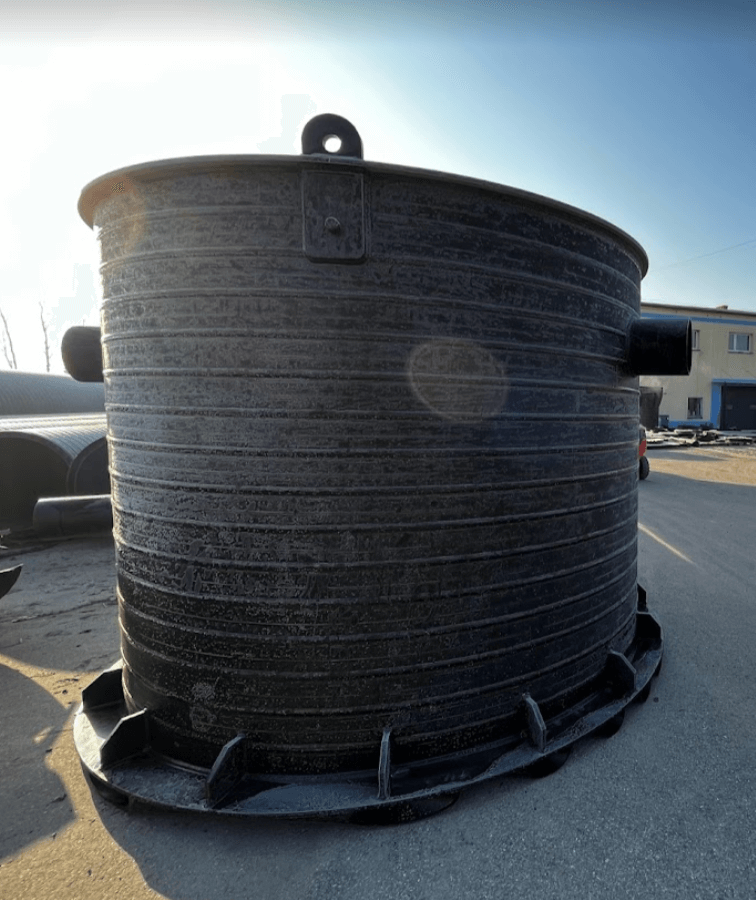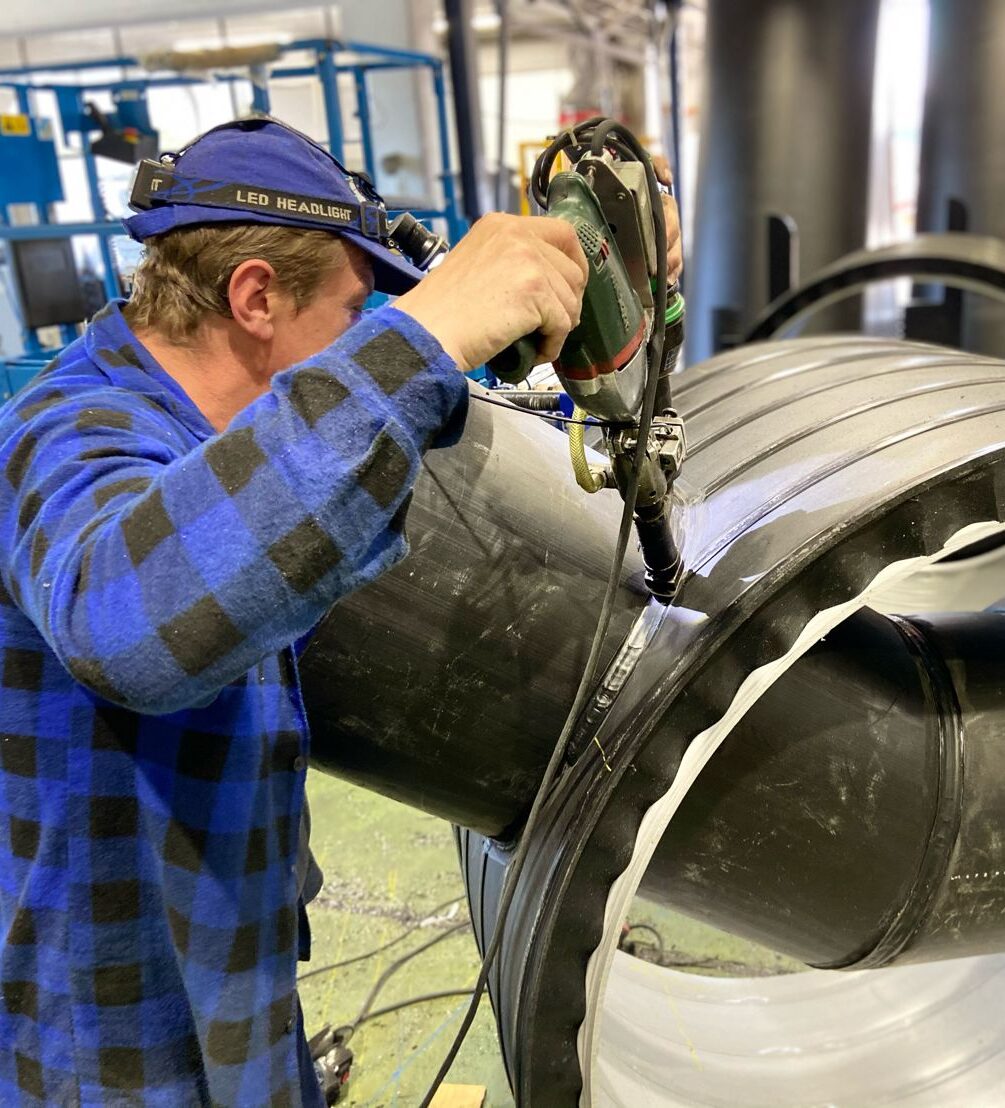
Grease separators
The basic task of grease separators is to retain solid particles and fats of plant and animal origin. Too much sewage containing fats discharged directly into the sewage system causes clogging of pipelines and increases the formation of unpleasant putrefactive odors.
Moreover, the proper operation of sewage treatment plants is disturbed by increased oxygen consumption.
Separators should be used in canteens, bars, meat processing plants, etc.
Grease separators are designed to separate fats that are lighter than water through gravitational means. These are flow-through tanks where fats accumulate on the surface of the wastewater by using siphons at the inlet and outlet. In the sedimentation chamber, suspended solids and particles are also trapped.
Grease separators are vertical axis tanks with a built-in sedimentation chamber. They are equipped with a manhole and connection ports with siphons. When selecting the size of a grease separator, we consider the type, temperature, density, and amount of wastewater, as well as the average operating time of the installation per day.


